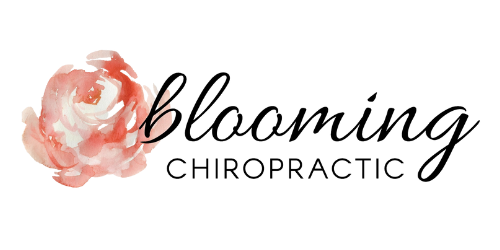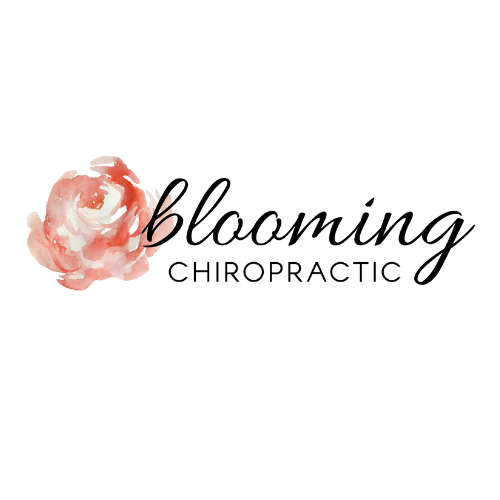Can chiropractic help with torticollis in babies?
Common signs and symptoms of torticollis in babies include:
Head tilting to one side.
Limited range of motion in the neck.
Preference for looking in one direction.
Difficulty turning the head to one side.
Uneven muscle development on the affected side of the neck.
Torticollis, also known as "wry neck," is a condition characterized by the abnormal positioning or tightness of the neck muscles, causing the head to tilt to one side and the chin to turn to the opposite side. Torticollis in babies can be congenital or acquired.
Congenital muscular torticollis typically develops due to the shortening or tightening of the sternocleidomastoid muscle (SCM), which runs along the side of the neck. This can occur either in the womb or during the birth process. In utero, babies can be in resisted areas which affects their posture. Once they come out into the world, they think that is their normal posture and remain in that posture.
Acquired torticollis develops after birth which can be caused by birth trauma, car accident or infection. Whether, it was a natural, medicated, hospital birth, home birth, C-section, assisted birth, etc. All forms of birth can cause trauma to a baby’s developing spine and nervous system. A study done by Viola Frymann, an American osteopathic doctor, states that 80% of newborns has some strain pattern in the neck and cranial areas following birth.
How does chiropractic help with torticollis?
The goal is to improve alignment, reduce muscle tension, and restore normal range of motion.
Adjustments- Pediatric chiropractors can provide gentle adjustments to cranial and neck region. This will help restore the nervous system and relive tension in the head and neck region.
Craniofacial Release- Craniosacral therapy is a gentle technique used to release tightness and tension in the soft tissues surrounding the brain + spinal cord. Dr. Elmira is trained in CST and uses it in majority of the infant adjustments.
Myofascial Release- Pediatric chiropractors can utilize soft tissue techniques, such as massage or stretching, to relax and lengthen tight muscles such as the SCM muscles.
Exercises-Pediatric chiropractors can educate parents on exercises that can be done at home to help stretch the neck muscles and help avoid head preference and tilt.
Check out our next blog on exercises for torticollis!
If you have any questions, please do not hesitate to contact.
To schedule an appointment, please call or text us at 657-845-1669 or use the online schedular.


